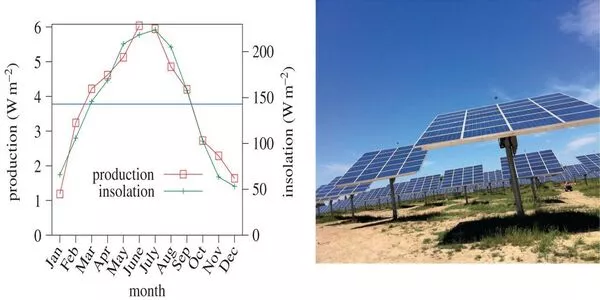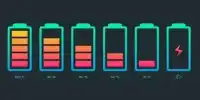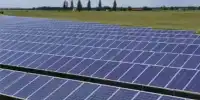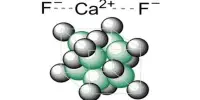More and more businesses are investing in commercial solar panels all over the world. This is due to a number of factors. For starters, solar panel efficiency has increased significantly in recent years. With governments setting ambitious net-zero targets, there is also increasing pressure on businesses to use renewable energy solutions to reduce their carbon footprint. Many businesses spend a lot of money on commercial solar panels. However, some people aren’t doing enough to keep their solar panels efficient over their lifetime. As a result, their panels don’t produce as much electricity as they could, which costs the company money.
Organic solar cells based on nonfullerene acceptors, or NFAs, can now generate electricity efficiently even with a relatively low offset of 0.1 eV. Roofs with glittering solar panels atop residential, commercial, and industrial buildings may soon get a new look thanks to the carbon-based organic solar cell, or OSC. OSCs may be a better alternative to traditional silicon-based cells due to their thinness and flexibility.
However, not all OSCs are the same. It has now been discovered that those based on nonfullerene acceptors, or NFAs, can generate electricity efficiently even with a relatively low offset of 0.1 eV. NFA-based OSCs achieve significantly higher power conversion efficiency than conventional fullerene-based types.
“We then asked ourselves how this was achieved, and what materials we would need to develop in order to obtain the low offset,” says KyotoU’s Yasunari Tamai, whose team made the discovery.
We hope that our research will help bring the world closer to this practical application of organic solar cell technology to harness our sun’s virtually limitless energy source. Efficient power conversion necessitates a low offset trade-off between electric current and voltage.
Yasunari Tamai
Solar power systems are regarded as an important tool in supplying energy to current and future generations. Several factors have aided the development of photovoltaics, including environmental concerns, incentives and tax breaks, a more efficient and less expensive technology, and the need to replace carbon-based fossil energy systems with renewables in order to meet the Paris COP targets of limiting global warming to 1.5 degrees Celsius.
A photovoltaic cell, also known as a solar cell, is a device that converts sunlight into usable energy. Solar cell efficiency refers to the amount of sunlight that can be converted into electricity. There are some factors that should be considered to ensure that the solar panels perform optimally.
Traditionally, the preferred semiconductors used in OSCs, also known as organic photovoltaics, or OPVs, have been a combination of so-called p-type polymers and n-type fullerene derivatives. A difference in energy levels, or offset, of greater than 0.3 eV is generally thought to be required to drive photovoltaic conversion. These conventional polymers have a power conversion efficiency of 10-11 percent.

Tamai continues, “A large offset, on the other hand, reduces the open-circuit voltage. Efficient power conversion necessitates a low offset trade-off between electric current and voltage.”
The best solutions can sometimes be found by thinking outside the box, or in this case, reversing the thinking: lose the fullerene. Recently, NFA-based OSCs have been found to generate efficient free carriers even with an offset of a mere 0.1 eV, topping regular fullerene-based OSCs by an impressive ten percent or more.
Transient absorption spectroscopy was used by the researchers to track free carrier generation over time. Relaxed charges transfer freely down the energy cascade created in the solar cells, similar to how a slalom skier glides down the hill from gate to gate.
“We hope that our research will help bring the world closer to this practical application of organic solar cell technology to harness our sun’s virtually limitless energy source,” Tamai concludes.
Semiconductors, which convert sunlight into electrical energy, are regarded as inefficient because they only capture a fraction of the light that strikes them. Sunlight has a wide range of wavelengths, and depending on the semiconductor and cell design, some of that light is reflected, some passes through, and some is absorbed but converted to heat before the energy can be used.
Today’s typical silicon solar cell panels have an efficiency of around 22 percent, while the best silicon solar cell achieved a 26.7 percent efficiency on a lab scale. As a result, many modern solar research projects are centered on determining and designing more efficient sunlight conductors. These new cells must have a higher conversion efficiency, or, in other words, they must be able to convert a greater fraction of incoming sunlight into electrical energy.
















